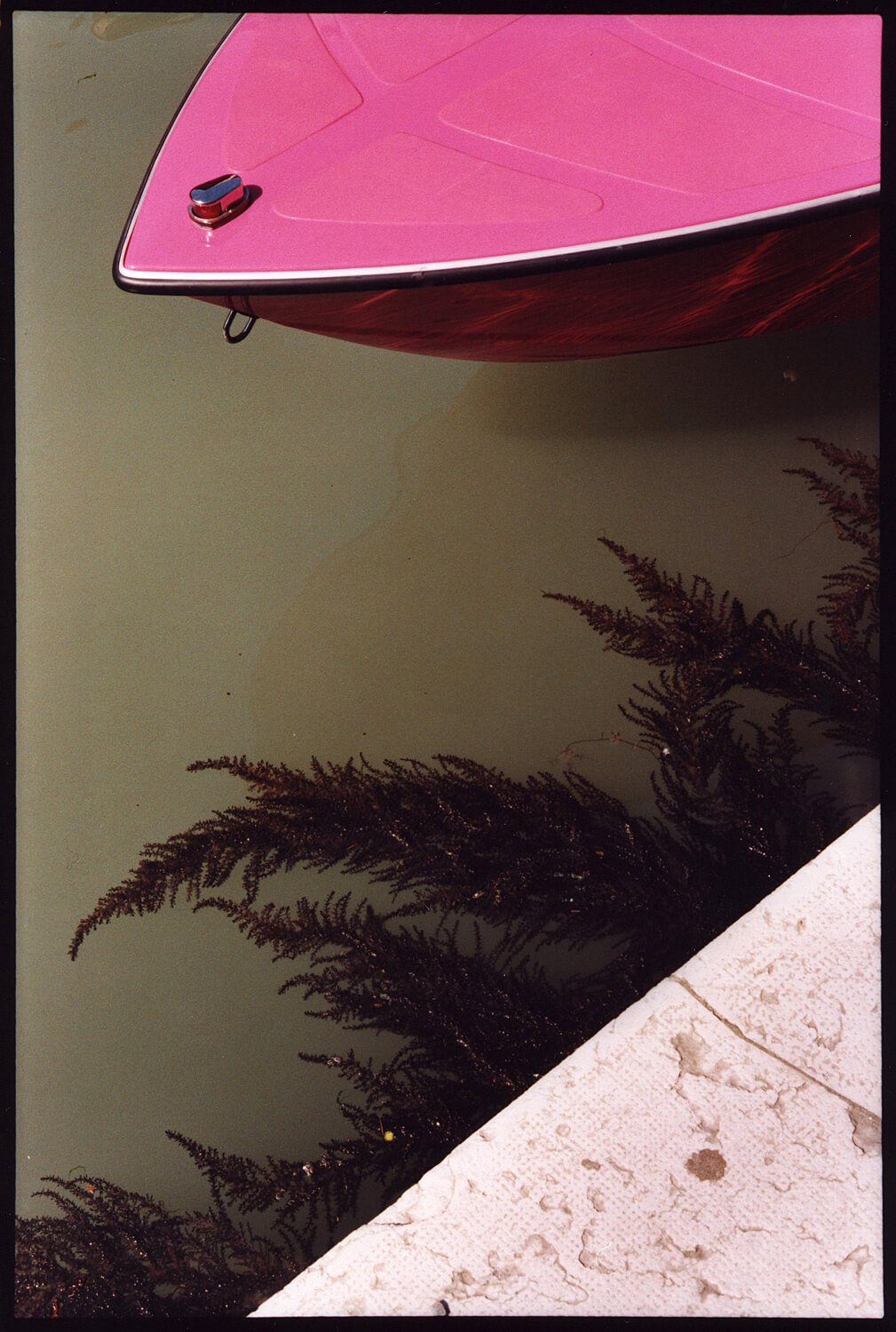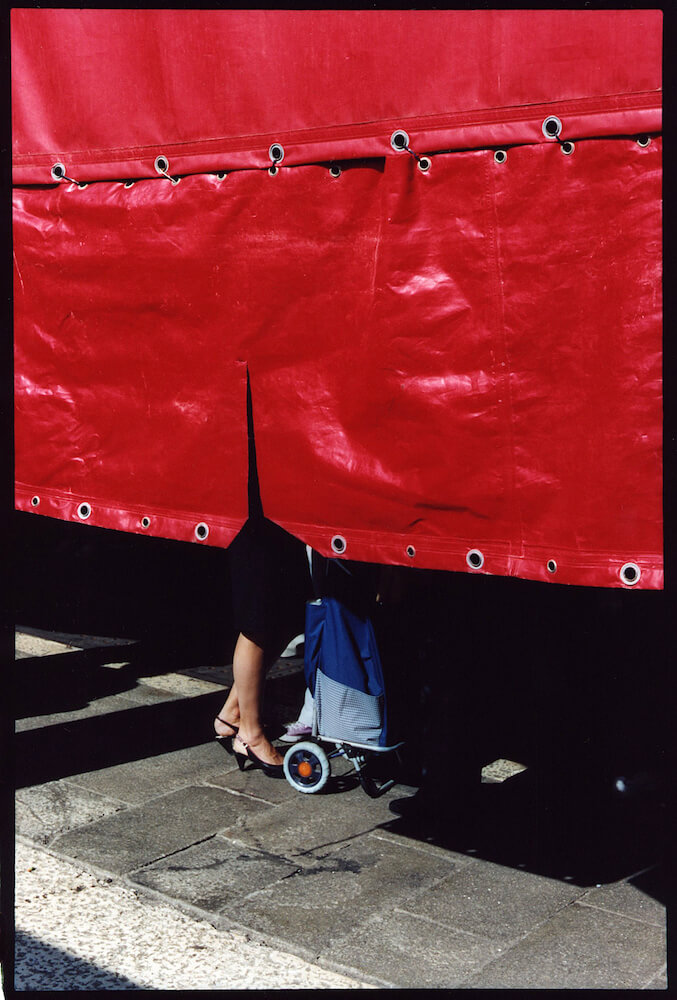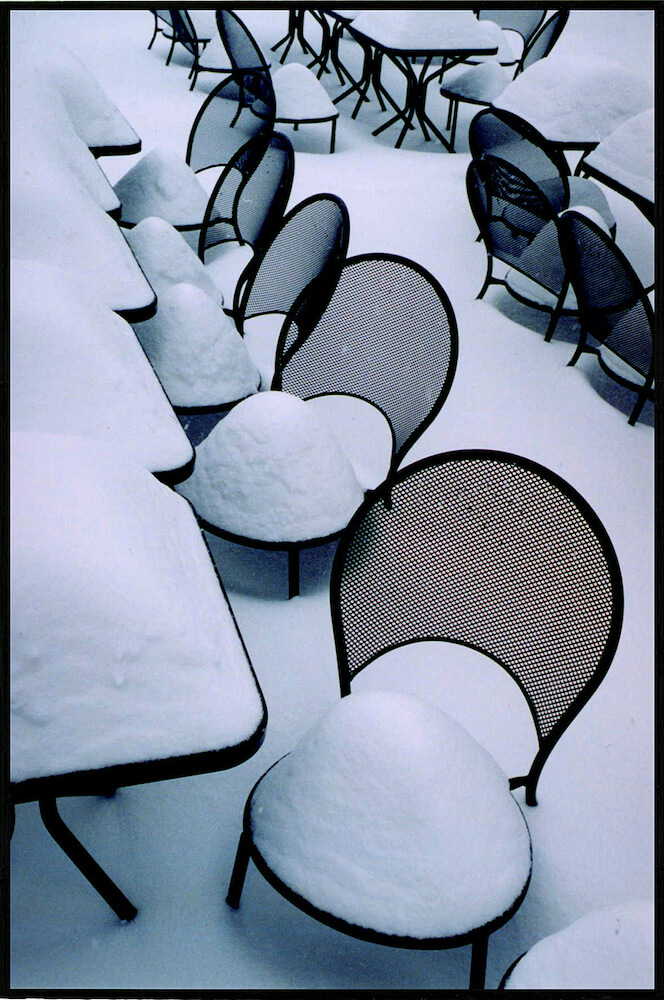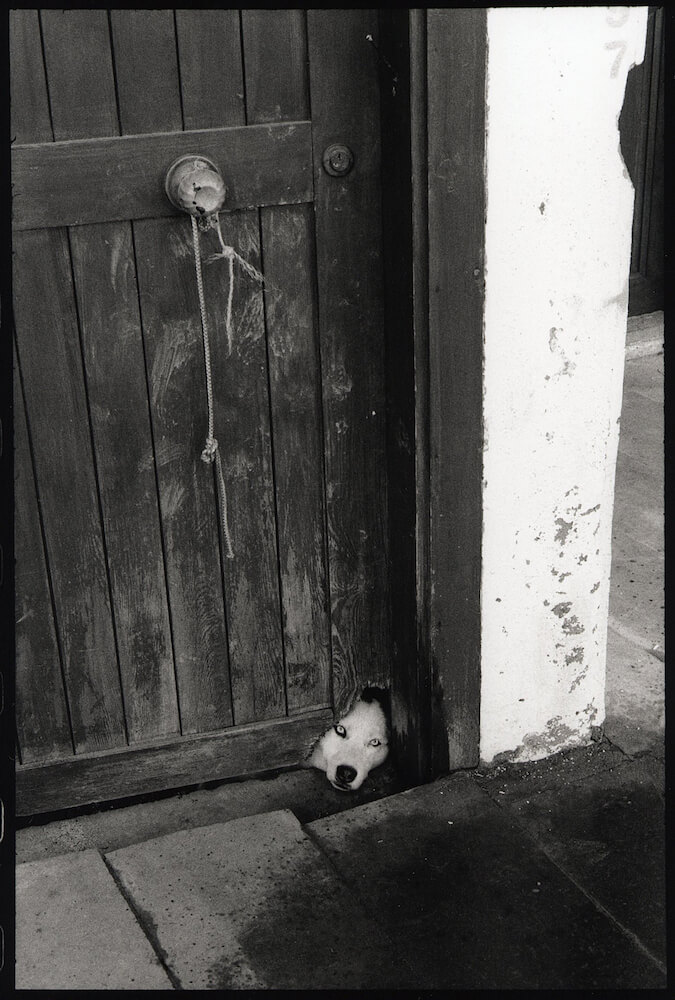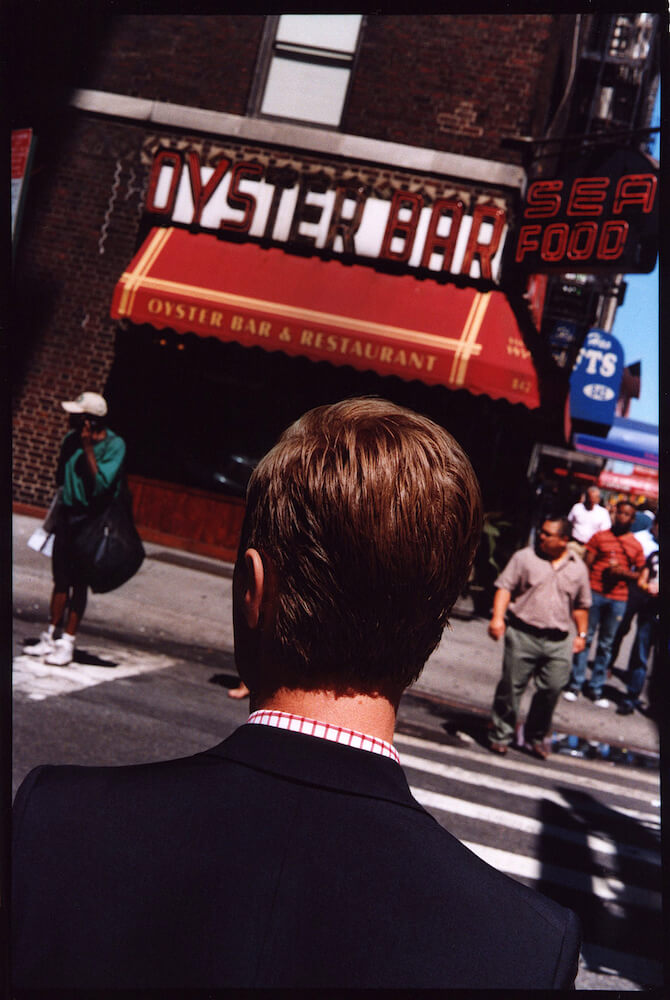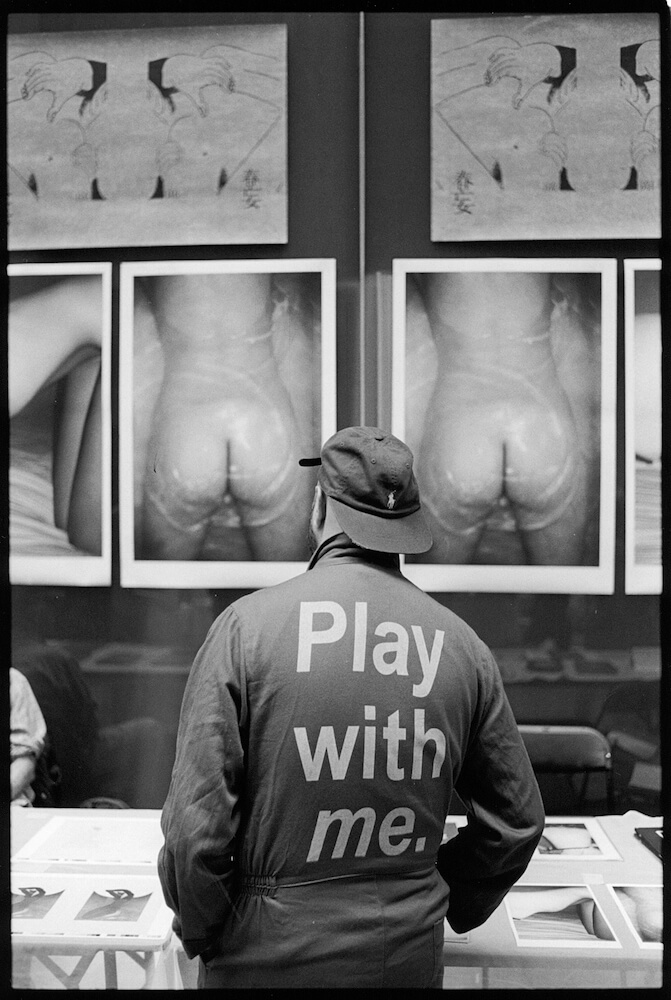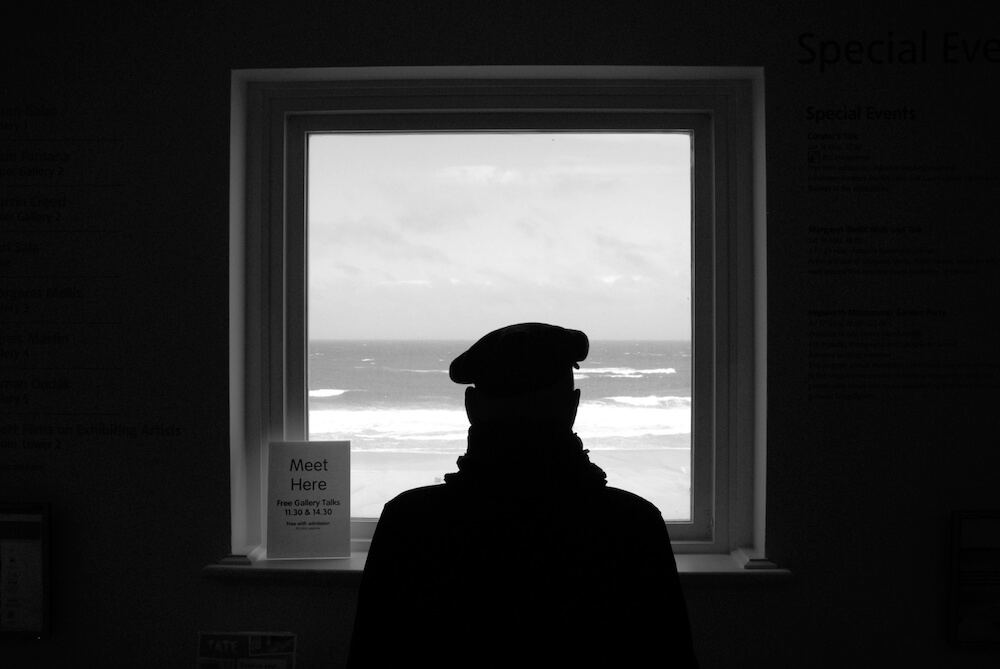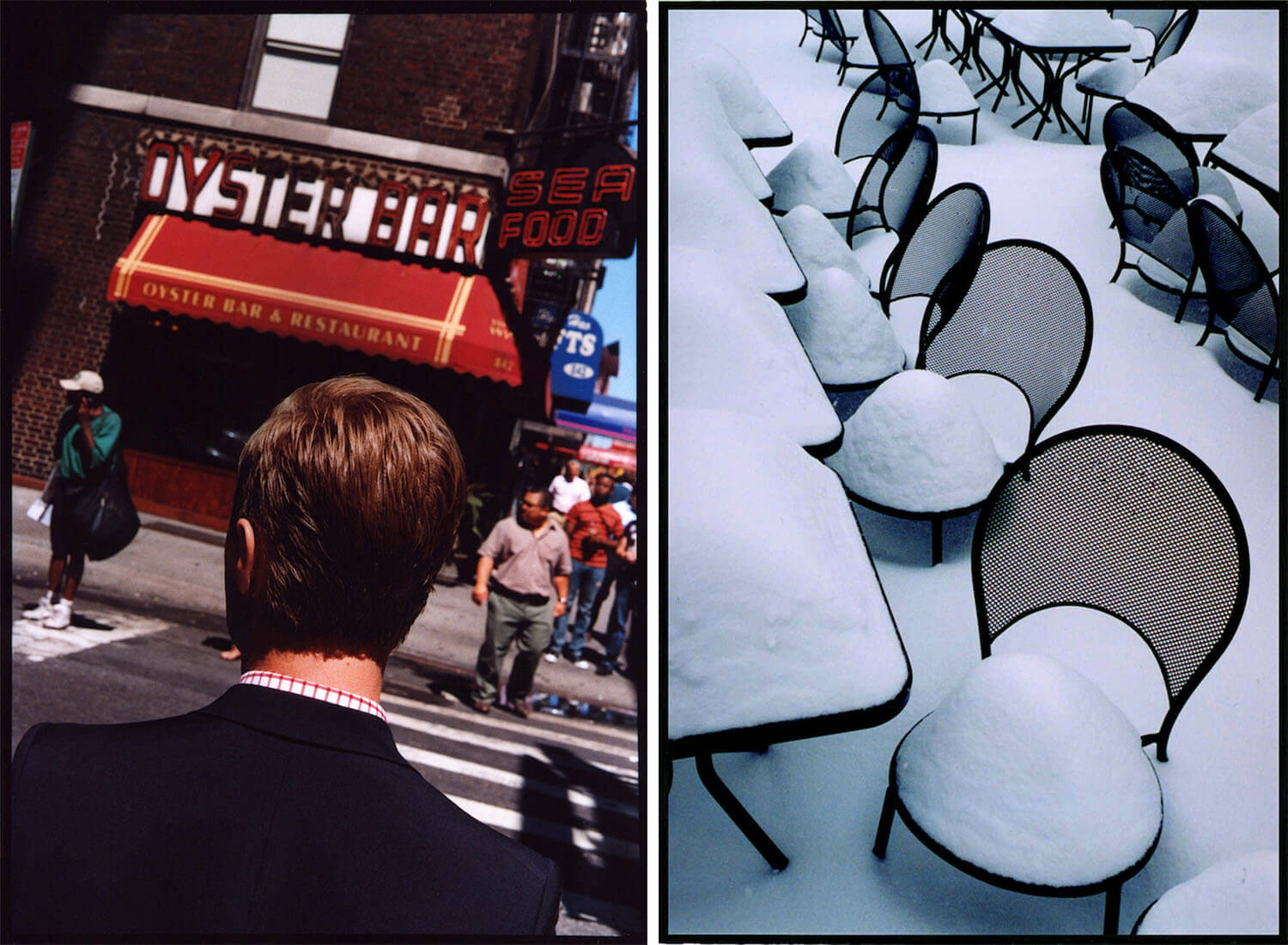Travel photography as a term is so broad, it encompasses all kinds of scene-setting imagery that by definition is not in the photographer’s backyard. But I would argue the best travel photography should elicit personal perspectives and indicate a photographer’s predominant visual approach.
Unfortunately, the genre has become synonymous with representative image-making, partly as a result of servicing picture libraries. If you’re content with a straight photograph of the Taj Mahal or the Eiffel Tower then that’s great, if that’s what you want. But for something different, an image normally not seen on a calendar or postcard, it’s important to not follow the more obvious rules and therefore make your images stand out for an experienced viewer. Ultimately, a key aim should be to subvert the typical travel photography look.
When I first saw the book Exiles by Josef Koudelka I was struck by a sense of mystery and wonder. His photographs were from across Europe and seemed strange and enigmatic.
